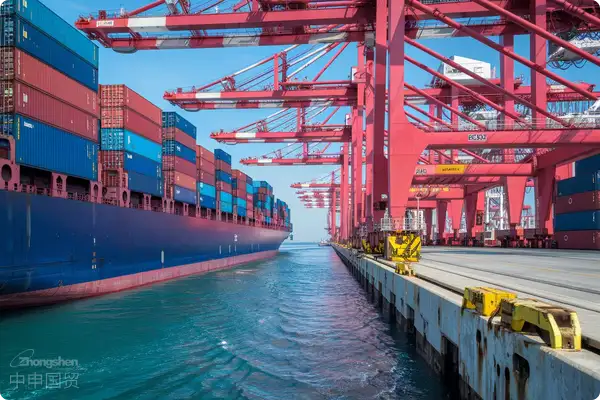- Shanghai Zhongshen International Trade Co., Ltd. - Two decades of trade agency expertise.
- Service Hotline: 139 1787 2118
In todays era, air purifiers have become indispensable equipment in many households and office environments. With peoples increasing attention to indoor air quality, especially the growing demand for functions such as purification and dust removal, sterilization and disinfection, and odor removal, the air purifier market has witnessed rapid development. For enterprises that want to export air purifiers, it is crucial to understand the technical specifications and access requirements of the target market. The following is a review of the technical specifications and access requirements of air purifiers in some countries.
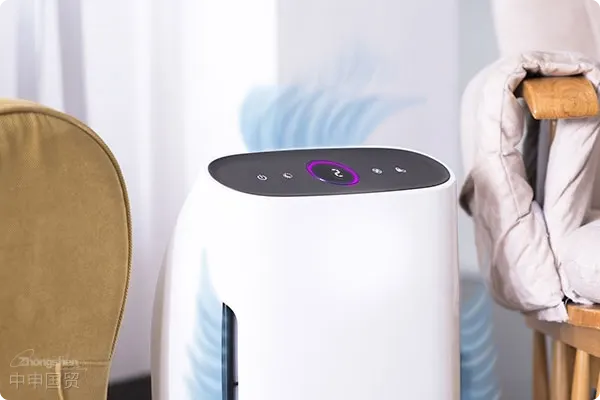
I. Export Clearance Requirements
For air purifiers, the customs commodity code is 84213910. Depending on the importing country, the tariff and VAT rates will also vary. When exporting, the following declaration elements need to be indicated:
Product Name
Purpose
Principle
Brand (Chinese and foreign names)
Model
Rated Power (Rated power does not need to be indicated for non - electric ones)
II. Relevant Standards and Requirements in China
In China, the standards for air purifiers are mainly divided into two categories: safety and performance.
Safety Standards:GB 4706.1 Safety of Household and Similar Electrical Appliances - Part 1: General Requirements. GB 4706.45 Safety of Household and Similar Electrical Appliances - Particular Requirements for Air Cleaners.
Performance Standards:GB/T 18801 Air Purifiers
In addition, there are national standards for antibacterial and sterilization series, such as GB 21551.1 and GB 21551.3, as well as standards related to key components.
III. US Technical Regulations, Standards and Conformity Assessment Procedures
Safety Standards:UL 867 Standard for Safety for Electrostatic Air Cleaners. UL 507 Standard for Safety for Electric Fans.
Certification Procedures:Association of Home Appliance Manufacturers (AHAM) certification. ENERGY STAR certification.
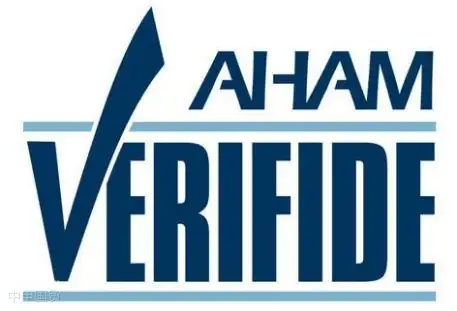
The AHAM certification is widely recognized, and the ENERGY STAR logo indicates that the product meets the energy efficiency standards of the US Department of Energy and the Environmental Protection Agency.
IV. Japanese Technical Regulations, Standards and Conformity Assessment Procedures
JEM1467 standard:JEM 1467:2015 Household Air Purifiers,
PSE certification:Mandatory market access system for specific and non - specific electrical products. Affixed with a diamond - shaped or circular PSE mark

The PSE certification process includes steps such as application, testing, issuing a test report, and issuing a certificate.
V. South Korean Technical Regulations, Standards and Conformity Assessment Procedures
Standard Requirements:SPS – KACA002-132:2018 Indoor Air Purifiers,
EK Safety Mark:Issued by the Korea Testing Laboratory (KTL), the Korea Electrical Testing Institute (KETI), and the Electromagnetic Compatibility Research Institute (ERI)
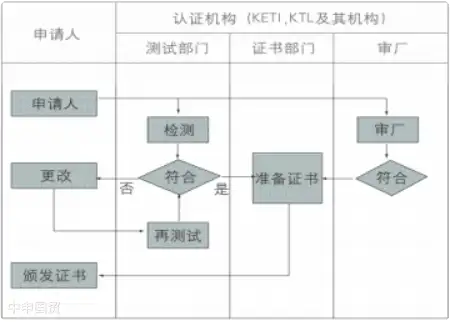
The application process for the EK safety mark includes submitting materials such as an application form, product description, and list of main components, and providing test samples.
VI. EU Technical Regulations, Standards and Conformity Assessment Procedures
CE mark:The CE mark is a mandatory requirement of the EU for products, indicating that the product meets the basic requirements of the EU.
CE Certification Process:Includes steps such as submitting an application, testing, reviewing technical documents, and issuing a CE mark.
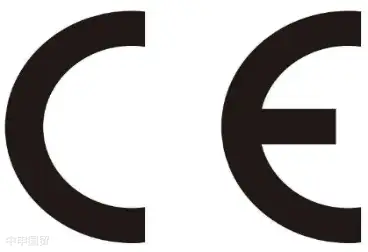
VII. North American Technical Regulations, Standards and Conformity Assessment Procedures
CSA certification:The Canadian Standards Association (CSA) is an institution in Canada that formulates industrial standards, and its certification helps products enter the US and Canadian markets.
CSA certification process:Includes steps such as submitting an application, certification testing, a preliminary report, and factory assessment.
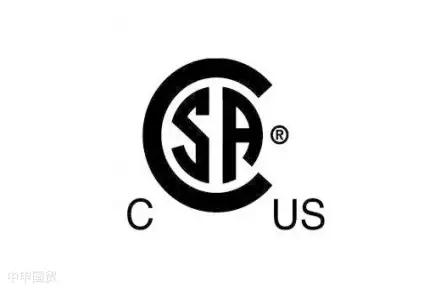
Related Recommendations
? 2025. All Rights Reserved. Shanghai ICP No. 2023007705-2  PSB Record: Shanghai No.31011502009912
PSB Record: Shanghai No.31011502009912


